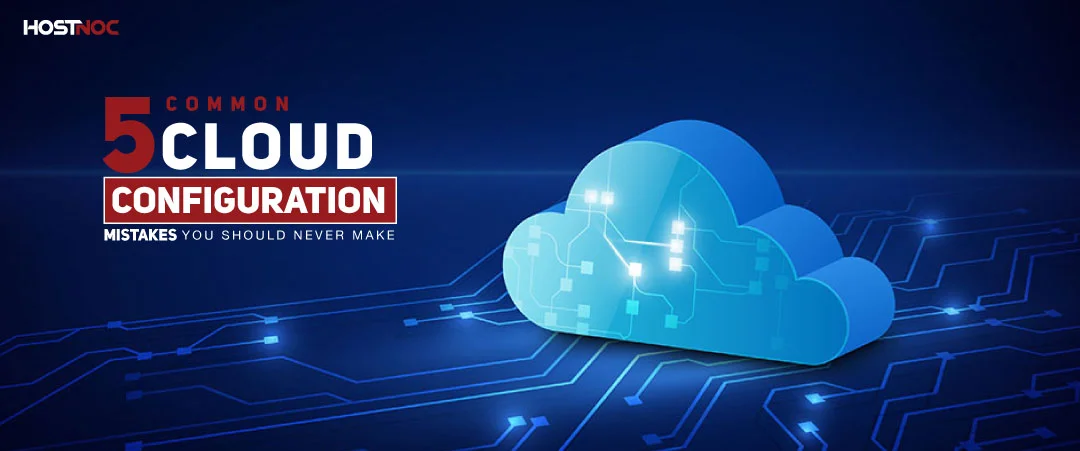Blogs
Home / Blog


Let us assume that your business solely relies on passwords for user authentication. Cyber criminals can easily guess or steal your passwords as most employees do not follow password best practices. The good news is that companies have realized that and are switching towards secure authentication methods. One of them is multi-factor authentication.
According to a survey conducted by Last Pass, 57% of businesses around the globe are currently using multi-factor authentication. Microsoft also found that almost all the breached accounts were not employing multi-factor authentication, which clearly shows the effectiveness of this method when it comes to preventing breaches and account takeover.
Despite its advantages, most businesses fail to reap the real benefits of multi-factor authentication because they end up implementing multi-factor authentication in the wrong way or make mistakes that make multi-factor authentication somewhat useless. Joe Diamond, Vice President of product marketing at Okta, when asked about whether the MFA is being used effectively or not, responded with, “Not to the extent it should be”
In this article, you will learn about the six biggest multi-factor authentication mistakes every business must avoid.
Most businesses are guilty of putting forward multi-factor authentication as an option only. Due to this, most users do not use it and log in to their accounts using their passwords. Instead of giving them a choice, you should make it compulsory for every employee to use multi-factor authentication.
Yes, this might seem a tad bit stringent, and make the login process more cumbersome, but it is a step in the right direction as far as security is concerned. Richard Bird, Chief customer information officer at Ping Identity said, “When users are given choices without a clear, value-based explanation, they will choose either the method that feels the easiest or they will stay with the method they are already comfortable with. Security is not an option. Presenting it as one is problematic.”
When you switch from passwords to multi-factor authentication, it will add to the complexity but your goal should be to make it easier for users to login without compromising on security. If your multi-factor authentication implementation is adding to the cyber fatigue and making the process complicated for users, they will resist it and eventually stop using it to log in to their accounts. The best way to remove friction is to create and implement contextual access policies especially on top of the second factor.
Joe Diamond further adds, “MFA is a combination of two out of the three categories: something you know, something you have, and something you are. There are many different combinations of factors and context to think through, but ultimately the goal should be to pair the appropriate factor with the appropriate level of risk.”
Instead of implementing multi-factor authentication throughout the organization, most businesses tend to rely on partial implementation by deploying it on selected users and apps only. In some organizations, multi-factor authentication is only limited to executives as they think that they have access to all the critical business data stored in inexpensive dedicated servers, so their account needs to be protected.
What they don’t realize is that there are many other employees who also have access to sensitive information. More importantly, your partial multi-factor authentication won’t benefit you if attackers manage to breach other accounts that do not use multi-factor authentication. They can use these accounts as a ladder to reach other critical business information and wreak havoc on your entire organization. Make sure you implement multi-factor authentication on all applications because hackers could exploit vulnerabilities in all the apps and use it to fulfill their malicious designs.
Steve Banda, Senior manager of security solutions at Lookout said, “Using text messages to authenticate is better than nothing but doing so has a number of security issues.” According to him, “There are two common attacks that take advantage of SMS code authentication, mobile phishing and sim swapping.”
Solely relying on SMS can be risky as the authentication code you send can be misused so it is better to use an authenticator app. This will go a long way towards minimizing the security risks associated with sending authentication code via SMS.
By far the biggest mistake most businesses make is that they take a reactive approach to cybersecurity instead of a proactive one. This means that they rush to implement security measures after becoming a victim of a cybersecurity attack or data breach. The same goes true for multi-factor authentication as well. They implement it when there is an impending audit or after a cybersecurity debacle. Even then, the tools they choose fulfill a very narrow use case.
Yes, they might seem like a great option up first, but in the long run, these single-point solutions cannot stand the test of times. Slowly, businesses will notice a decline in their usage and eventually neglect it altogether which increases the risk of cybersecurity attacks and data breaches. This is why it is important to create processes and implement a comprehensive multi-factor authentication strategy so that you do not end up implementing multi-factor authentication in one place while leaving everything else exposed.
When you ask a business about the long-term impact of multi-factor authentication on your business processes and workflows, they will downplay the impact. Implementing multi-factor authentication requires many changes. From changing process flow and behavioral changes, these changes play an important role in the adoption of multi-factor authentication.
Ask yourself what process changes you will have to make to introduce multi-factor authentication. Make sure you communicate all the changes you are about to make to the users before implementing multi-factor authentication.
Which is the biggest multi-factor authentication you have ever made? Let us know in the comments section below.
Enter your email to receive the latest news, updates and offers from HostNoc.
